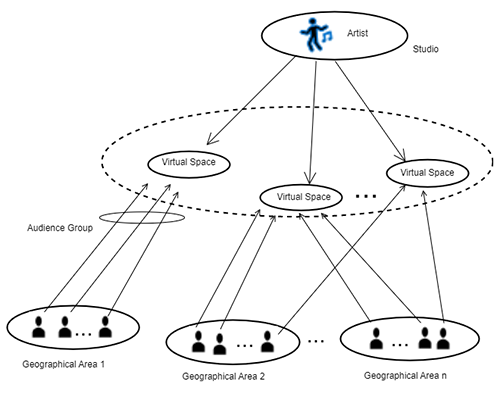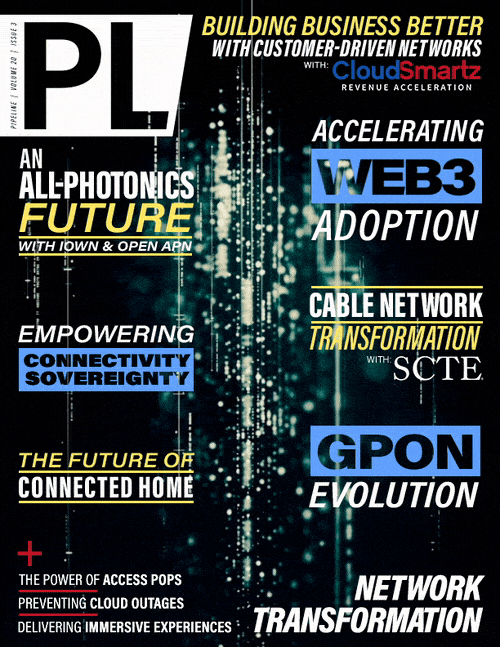The All-Photonics Future
The Case(s) for Photonics-based Networking
and Computing Infrastructure
allocation (to scale up to huge numbers). The IOWN APN platform can enable this future-looking case, delivering the benefits of high bandwidth and reduced power consumption while collecting massive data from capture devices. They can also set up ultra-low-latency connections directly between customer premise sites and the telco edge or core sites that are hosting the application computing resources. The IOWN DCI technologies can enable resource allocation flexibility, which in a disaggregated infrastructure helps reduce CPU costs and power consumption.
Area Management Security. There are many situations where security must be continuous and others where it needs to be tightened up, or applied on occasion, such as at airports upon the arrival of VIPs or on roadsides at marathon running events. This use case taps AI to analyze streamed surveillance video and Light Detection and Ranging (LiDAR) sensor data to detect criminal acts or accidents.
There are numerous gaps between today’s centralized cloud-based implementation framework and the requirements in this model. Technical issues include excessive bandwidth cost, lack of deterministic service quality, virtualization overhead, unnecessary power consumption, insufficient resource utilization, data transfer burden on CPU, and costs of a data hub tier.
The application of IOWN APN and DCI technologies in this case can deliver 1) high bandwidth and reduced power consumption across core and access networks; 2) real-time monitoring services at low latency by reducing OE conversion and establishing a direct APN path between the customer and the telco edge/central clouds; 3) flexible resource management from heterogeneous and disaggregated device resources pool; and 4) an efficient RDMA-capable network across multiple sites.

Figure 3: Virtual Spaces and Audience Members Source: RIM for the Live Music Entertainment Use Case, IOWN GF, 2023, p. 90
Lighting up the Future
There are other examples of what this platform can accomplish in terms of performance and services. As already noted, energy efficiency is baked into the technology, just to name one leading benefit. The end goal is a target of 100 times greater power efficiency for the photonics components, including optical fiber cables, transmission systems, and photonics-electronics convergence devices. But this initiative could also drive new energy-saving services, such as a smart-grid management system that automates the operation of a grid relying on renewable energy as its main power supply.
To become greener, more efficient, and more productive, enterprises are accelerating their use of data. Service and technology providers are striving to overcome technical gaps in transport and computing infrastructure that could inhibit new operational models and services. Photonics can provide a bridge to the future.



















